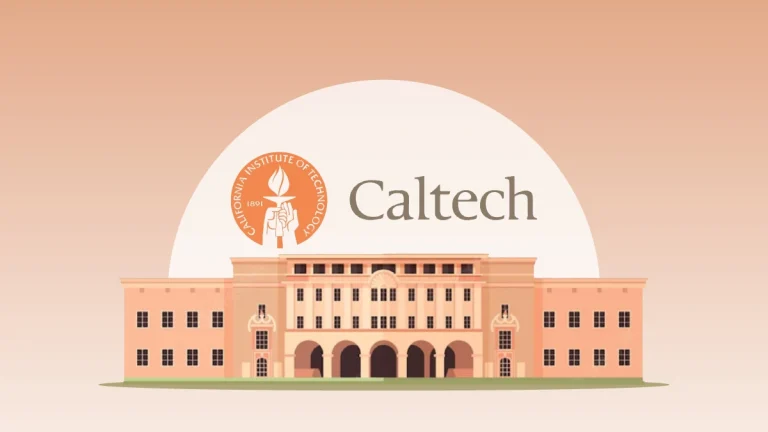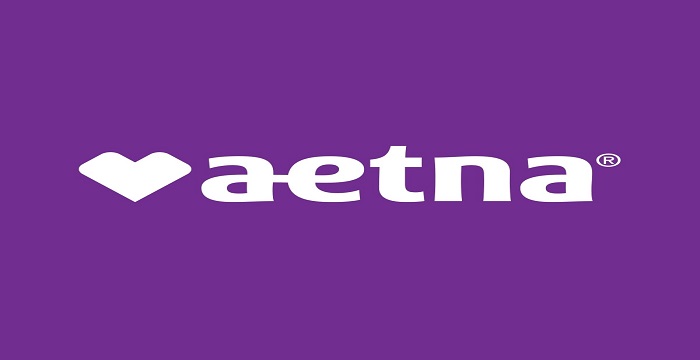
Global labor markets and employment landscapes are expected to undergo considerable transformation due to the emergence of artificial intelligence (AI). The nature of work and the skills needed are changing quickly as AI technologies are incorporated into more industries.
What are the Key Transformations in the Job Market?
The major changes in the work market are caused by a number of causes. Here are a few of them:
- Job Creation and Displacement:

AI is predicted to displace a large number of current occupations while simultaneously creating millions of new ones. By 2030, AI might add 20–50 million new jobs worldwide, mostly in industries like manufacturing, healthcare, and finance, according to a McKinsey report (McKinsey & Company) (Default). It might, however, also replace repetitive and routine jobs, resulting in a net change in employment dynamics (Default).
- Demand for New Skills:

The use of AI is driving up demand for experts in data analysis, human-machine interaction, sophisticated IT, and AI ethics and policy. Human-machine teaming managers, data scientists, and AI trainers are among the increasingly important jobs (Default) (Deloitte United States). To remain competitive in the changing labor market, workers will need to pick up new skills, especially in digital literacy, creativity, and complex problem-solving (McKinsey & Company).
- Enhanced Decision-Making and Efficiency:

By automating repetitive processes, AI enhances business operations and frees up employees to concentrate on more strategic and innovative work. AI in healthcare, for example, can help with diagnosis and treatment, improving efficiency and patient outcomes (Deloitte United States) (Default).
- Sector-Specific Impacts:

The introduction of AI will have differing effects on different industries. Automation, for instance, can result in a large loss of jobs in the manufacturing sector, but the growing integration of AI to enhance human capacities could lead to a large increase in jobs in the healthcare and education sectors (McKinsey & Company; Deloitte United States).
Adapting to the Changes:
In order to adjust to these changes, employees and companies must prioritize ongoing education and retraining. Important tactics consist of:
- Continuous Learning:
To stay up to date with technology changes, embrace lifelong learning. According to McKinsey & Company, organizations should promote a culture of ongoing skill development and improvement.
- Reskilling and Upskilling:
Employees must to look for possibilities to pick up new skills related to digital and AI technology. This entails taking part in online classes, training courses, and certification programs centered around data science and artificial intelligence (Default).
- Personalized Learning and Development:
AI is transforming staff development and training by offering individualized learning opportunities. AI-powered platforms evaluate each learner’s unique learning preferences and development, providing tailored training plans that advance professional advancement.
Deep Case Studies with Examples:
- Manufacturing:
Robots powered by AI are used by businesses like Tesla to improve quality assurance and production efficiency.
- Healthcare:
AI medical imaging apps, like IBM Watson Health, help physicians diagnose illnesses more quickly and precisely.
- Finance:
Massive databases are analyzed by AI algorithms in trading systems, such as those used by hedge funds, to pinpoint investment opportunities and hazards.
- Retail:
Recommendation engines driven by AI, such as those employed by Amazon, allow customers to have more individualized purchasing experiences, which boosts revenue and customer satisfaction.
Conclusion:
No doubt, AI can automate jobs, create new job categories, improve decision-making, and increase productivity, it is revolutionizing the labor market. Although there are many benefits associated with this transition, there are drawbacks as well. These include the need to pay attention to ethical issues and adapt the workforce through reskilling and upskilling programs. Work in the future will be more and more influenced by the interaction between AI technologies and human talents.
Related Topics: How can AI Migrate Climate Change?






